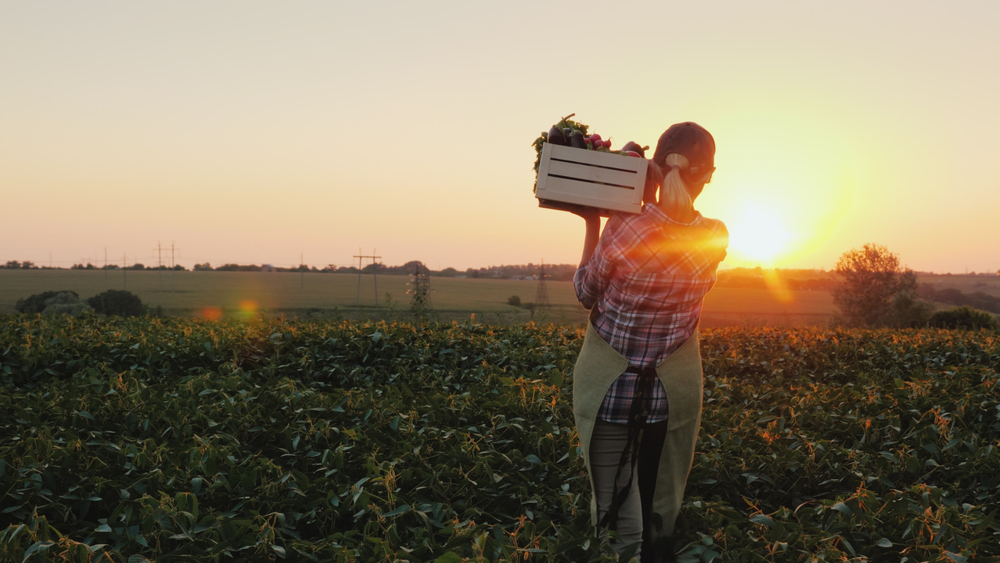More than 6,000 agricultural, forestry and fishing businesses have closed in the past 12 months according to the Office for National Statistics, as concerns over changes to tax reliefs mount.
The government last month confirmed that proposed changes to agricultural property relief (APR) and business property relief (BPR) announced in last year’s Autumn Budget will go ahead from 6 April 2026.
These changes will specifically affect inheritance tax (IHT) on farmers and agricultural landowners, and the way in which farms, farmland and agricultural businesses are passed down from one generation to the next.
In this article, we concentrate on the impact for farm owners and their families.
At a glance
- The government has confirmed that APR will be reducing on agricultural assets and property over £3 million from 6 April 2026.
- Without the benefit of APR, IHT may have significant implications for those looking to pass down rural properties and agricultural assets
- Over 6,000 agriculture, forestry and fishing business have already closed or been sold since the cut was announced – the highest figure recorded since 2017.1
- Understanding, addressing and planning for potential inheritance tax liabilities is now especially important for farm owners looking to leave their business as a legacy.
What is agricultural property relief?
APR mitigates the IHT bill farm owners would otherwise have to pay when agricultural property is passed down to the next generation. Under current regulations, agricultural property assets are exempt from IHT, which ensures that family farms and businesses can be handed down largely tax free. Agricultural property is defined in the legislation as “agricultural land or pasture and includes woodland and any building used in connection with the intensive rearing of livestock or fish if the woodland or building is occupied with agricultural land or pasture and the occupation is ancillary to that of the agricultural land or pasture”.
It also includes cottages, farm buildings and farmhouses, alongside the land occupied with them, that are of a ‘character appropriate’ to the property. The definition of ‘character appropriate’ depends on several factors, including whether the farmhouse is of an appropriate size to the land farmed, how long it’s been a farmhouse and if an ‘educated rural layman’ would consider it to be a farmhouse.
APR is important as it can help prevent farms potentially having to be broken up and sold to pay IHT. While the new legislation provides the option to pay due IHT on the value of agricultural property in instalments over a 10-year period, for many farm owners’ estates, this may not be enough to prevent the property needing to be sold.
APR – what’s changing?
From April 2026, APR will be restricted. While the first £1 million of combined qualifying agricultural and business property will still be IHT-exempt, anything over the £1 million threshold will be taxed at an effective rate of 20%. This is because only 50% of the usual 40% IHT rate will be applied. Any other assets such as savings, ISAs, stocks and shares or property that do not qualify as agricultural assets will be counted as part of the estate and may be liable for the full 40% IHT. If the assets are passing to a surviving spouse or civil partner, they will be exempt until the death of the second partner.
If the total value of the qualifying property to which 100% relief applies is more than £1 million, the allowance will be applied proportionately across the property.
Assets automatically receiving 50% relief (quoted but unlisted shares – such as AIM shares) will not use up the £1 million allowance and any unused allowance will not be transferable between spouses and civil partners (as is currently the case with personal estates and residential property). The allowance covers the following transfers:
- property in the estate at death
- lifetime transfers to individuals in the seven years before death
- chargeable lifetime transfers where this is an immediate lifetime charge, so for example when property is transferred into trust.
Will the Nil Rate Band (NRB) & Residence Nil Rate Band (RNRB) still apply?
Estates will continue to benefit from the NRB, RNRB and other exemptions (such as transfers between spouses and civil partners) in addition to APR. These nil rate bands will now remain frozen until 5 April 2030 – two years longer than previously announced. Transfers to individuals more than seven years before death will continue to fall outside the scope of inheritance tax in the normal way.
Generally, under the new rules, after 6 April 2026 a farm-owning couple entitled to APR and with a full NRB and RNRB available to them would need to consider IHT planning if their assets (including their agricultural property) exceed £3 million – so £1.5 million each.
How will the changes to APR affect the farming community?
The changes to APR have caused deep concern among many in the agricultural community. In particular, those who own farms whose value exceeds the available reliefs will face significantly higher inheritance tax bills, potentially resulting in the need for the next generation to sell land to meet the liability. This could in some cases put the viability of the farm at risk for future generations. The Country Land and Business Association estimates that as many as 70,000 farms (33% of all farms in the UK) could be affected,2 and many farmers and landowners are revising their personal succession plans for handing on their farm businesses and agricultural assets. Over 6,300 agricultural, fishery and forestry businesses have already been sold in the first six months since the tax relief cut was announced.
How financial advice can benefit farmers facing additional IHT bills
So, what options may help mitigate the impact of these changes to APR? It’s vital to take financial advice to help find the best way forward for you, your farm and your family. It may be appropriate to consider gifting some assets sooner rather than later, or placing some in trust. Another way of providing IHT efficient liquidity to meet any liability to IHT on agricultural property could be through appropriate life assurance held in trust. The attraction of this strategy will depend on the facts of each individual case, however.
On a positive note, the chancellor also announced £5 billion to help farmers produce food over the next two years. This is the largest amount ever allocated for sustainable food production.
This is alongside £60 million for the Farming Recovery Fund which will help farmers recover from the impact of flooding. They state they are also investing £208 million in protecting the nation from outbreaks of serious diseases that threaten our farming industry, food security and human health.
We’re here to help you make sense of it all
We hope this article has helped to give a broad understanding of how the new APR rules will operate, and we are standing ready to help.
Do get in touch in touch for more support and advice on succession planning for your farm or agricultural business.
The levels and bases of taxation and reliefs from taxation can change at any time. Tax relief is dependent on individual circumstances.
Trusts are not regulated by the Financial Conduct Authority
Sources
1Office for National Statistics
2Country Land and Business Association, ‘Family Farm Tax’ 2024
SJP Approved 08/08/2025





